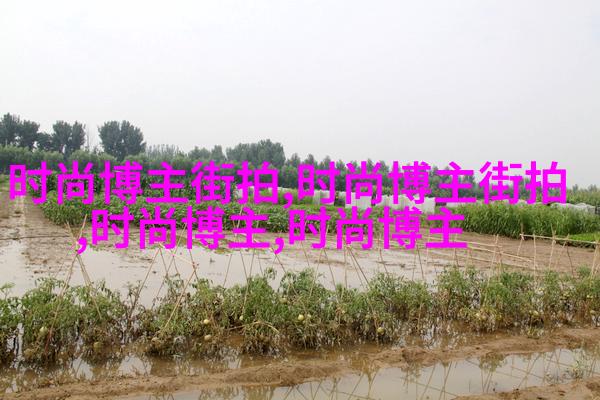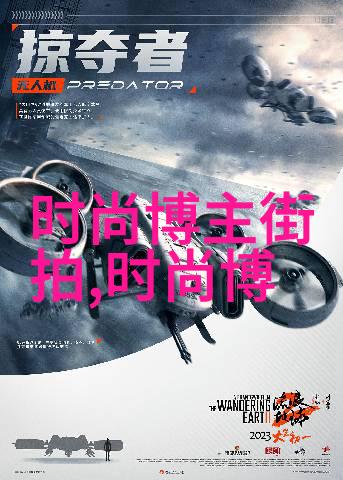The Birth of a Language

Vintage English, as we know it today, has its roots in the 19th century when the Industrial Revolution was transforming society and culture. This era saw a rise in literacy rates and an increased interest in literature among the masses. As a result, language became more standardized and formalized than ever before.
The Golden Age of Literature

During this period, great authors like Charles Dickens, Jane Austen, and William Wordsworth were producing works that would later be considered classics of English literature. Their writing styles reflected the social changes happening around them - from urbanization to industrialization - which further shaped the development of vintage English.
The Influence of Imperialism

As Britain expanded its empire across various parts of the world, vintage English came into contact with other languages such as Hindi, Arabic, and Chinese. This cross-cultural exchange had significant effects on vocabulary expansion; words from these languages were incorporated into British English during this time.
World War I & II's Impact on Language

Both wars played crucial roles in shaping vintage English by introducing new words related to warfare technology (e.g., 'tank' for armored vehicle), trench life ('barrage,' 'shell-shock'), or medical terms ('gas mask,' 'trench foot'). Additionally, wartime propaganda contributed to popularizing certain expressions like "Keep Calm" or "Dig for Victory."
Post-War Changes & Legacy

After both wars ended in defeat for Britain (World War I) or exhaustion (World War II), there was a sense of nostalgia towards pre-war values expressed through language usage known as "heritage revival." People began using older forms of speech – like archaic spellings ("theatre" instead of "theater") – as well as reviving Victorian-era mannerisms ('old chap,' 'spiffing') outwards their love for traditional England.
This article has demonstrated how vintage English is not just about grammar rules but also reflects historical events that have influenced societal attitudes over time while leaving behind unique linguistic marks that still resonate within our modern-day communication system even though they may seem quaint at first glance yet are undeniably valuable components enriching our rich cultural heritage worldwide now more than ever before now since then back then way back when you see what I mean!



